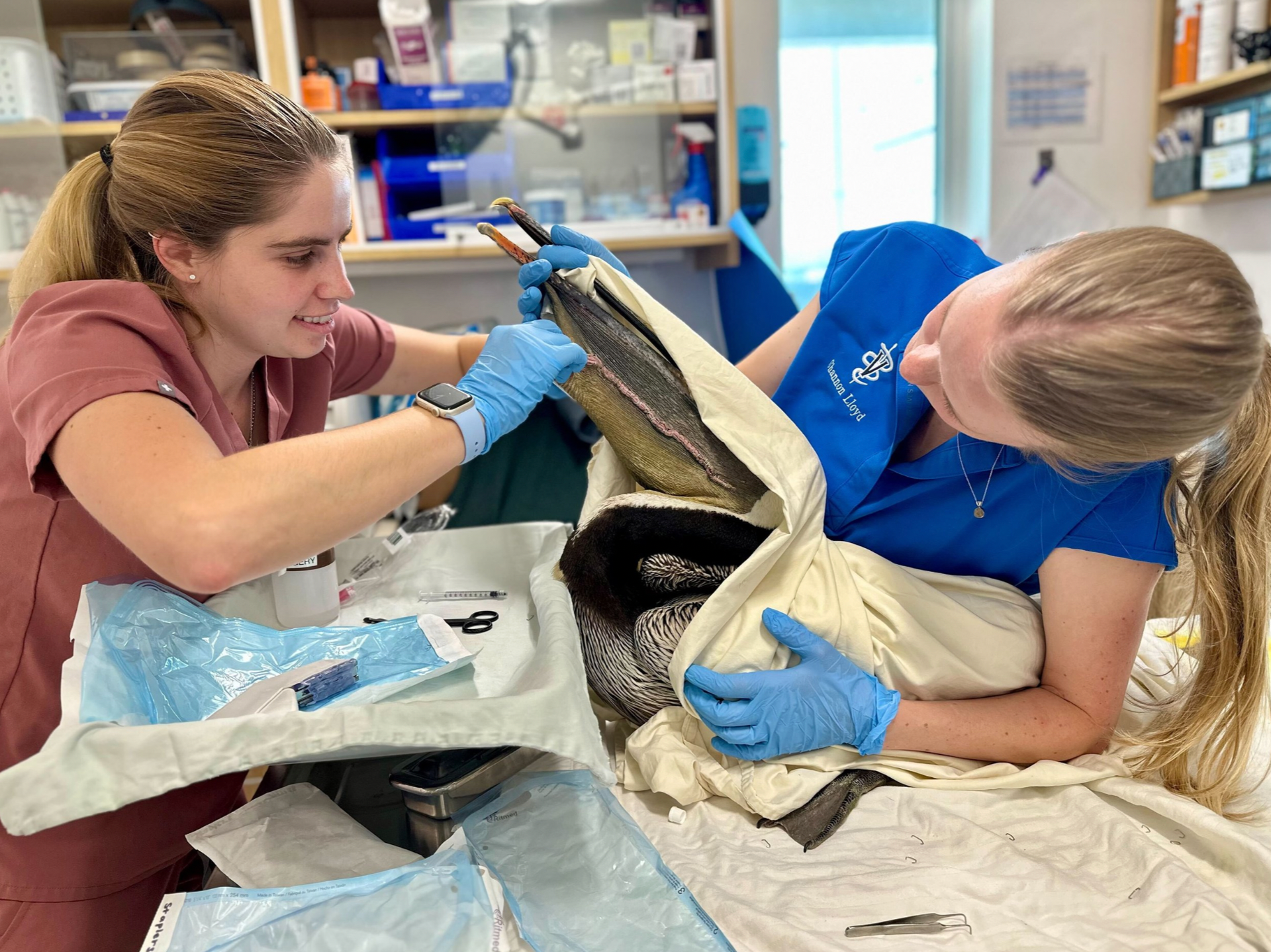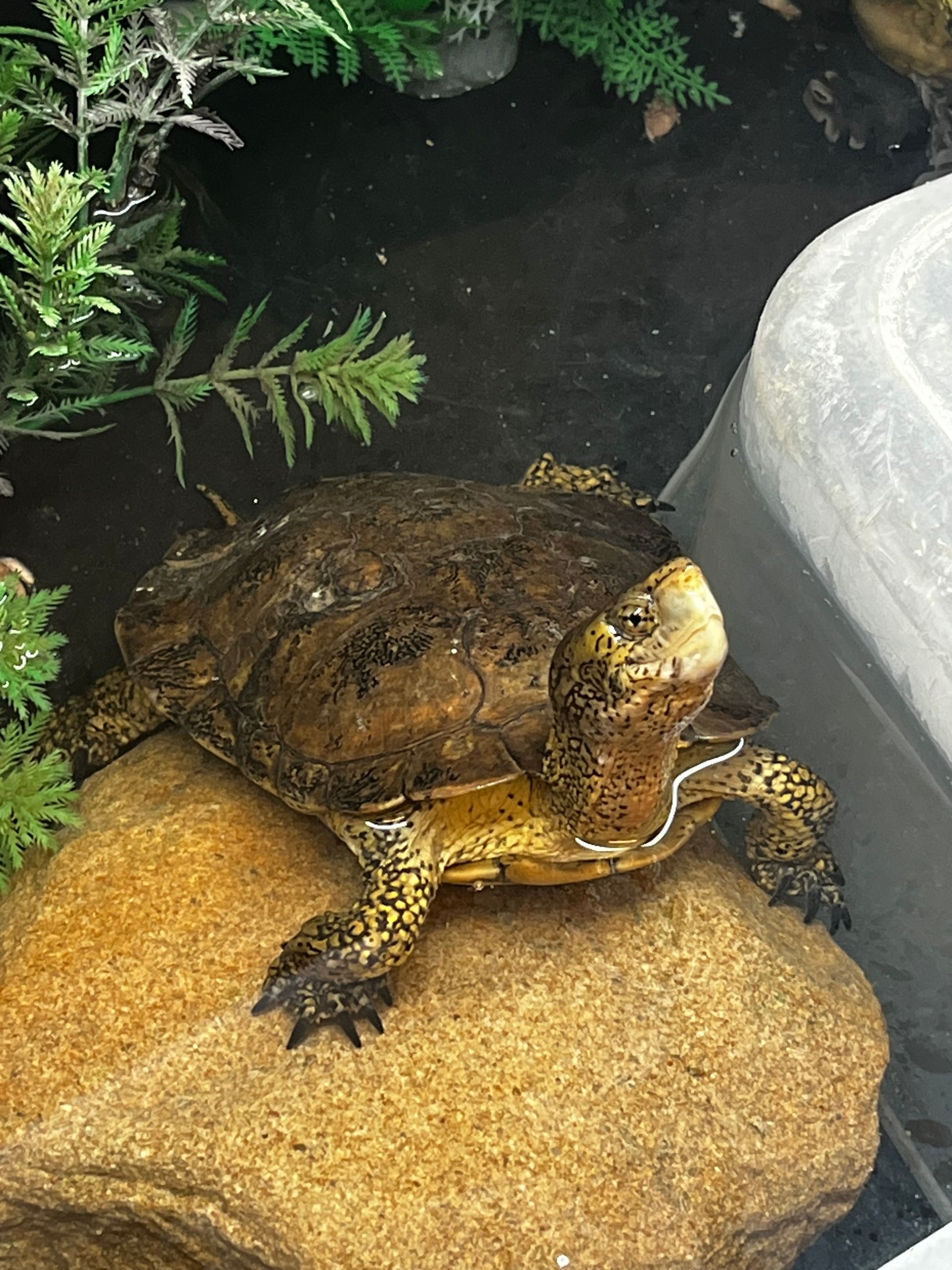Species: Brown Pelican

Beginning April 23rd and continuing through July, Santa Barbara and Ventura Counties witnessed a Brown Pelican Mortality event. Santa Barbara Wildlife Care Network cared for 174 Brown Pelicans in 2024, including those suffering from malnutrition and dehydration during the Pelican event.
SBWCN responded with an emergency effort to monitor and treat the affected birds. Though the cause is not fully known yet, it is the second event in 2 years to happen in California. Birds were showing up en masse at wildlife rehabilitation centers from San Francisco to San Diego during this significant event. Today we want to share the story of one of many who came into our care.
A juvenile female Brown Pelican was admitted on May 16, 2024, after being found at a fuel dock in Ventura, CA. She was noted as not moving and presented with moderate dehydration, pale mucous membranes, feather lice, and a severe laceration to her pouch.
Throughout her 54-day stay in care, extensive treatment was provided for the pouch laceration, including two surgical repairs. Recovery was monitored closely, with repeated suture checks, hydration support, and pain management. Despite initial healing challenges, her stamina and flight abilities improved over time.
On July 9, 2024, she was federally banded and released back into her wild home at Ventura Harbor, joining nine other pelicans in a celebratory release event to mark the success of our pelican rehabilitation efforts.
Brown Pelican Fun Facts:
- This seabird was classified as federally endangered in 1970 and as endangered by the state of California in 1971, but was delisted as a federally listed species in 2009.
- The only breeding colonies of Brown Pelicans in the western United States are on West Anacapa and Santa Barbara Islands.
- It takes 5 years for a Brown Pelican to reach maturity
- Their pouch is very large and it is a good thing because they can eat as much as 4 pounds of fish per day!
- Brown pelicans can dive from 60 feet in the air.
- Brown pelicans can live up to 40 years old.
- Their wingspans are 6.5 feet and their weight is 8 pounds generally but it depends on their gender.





